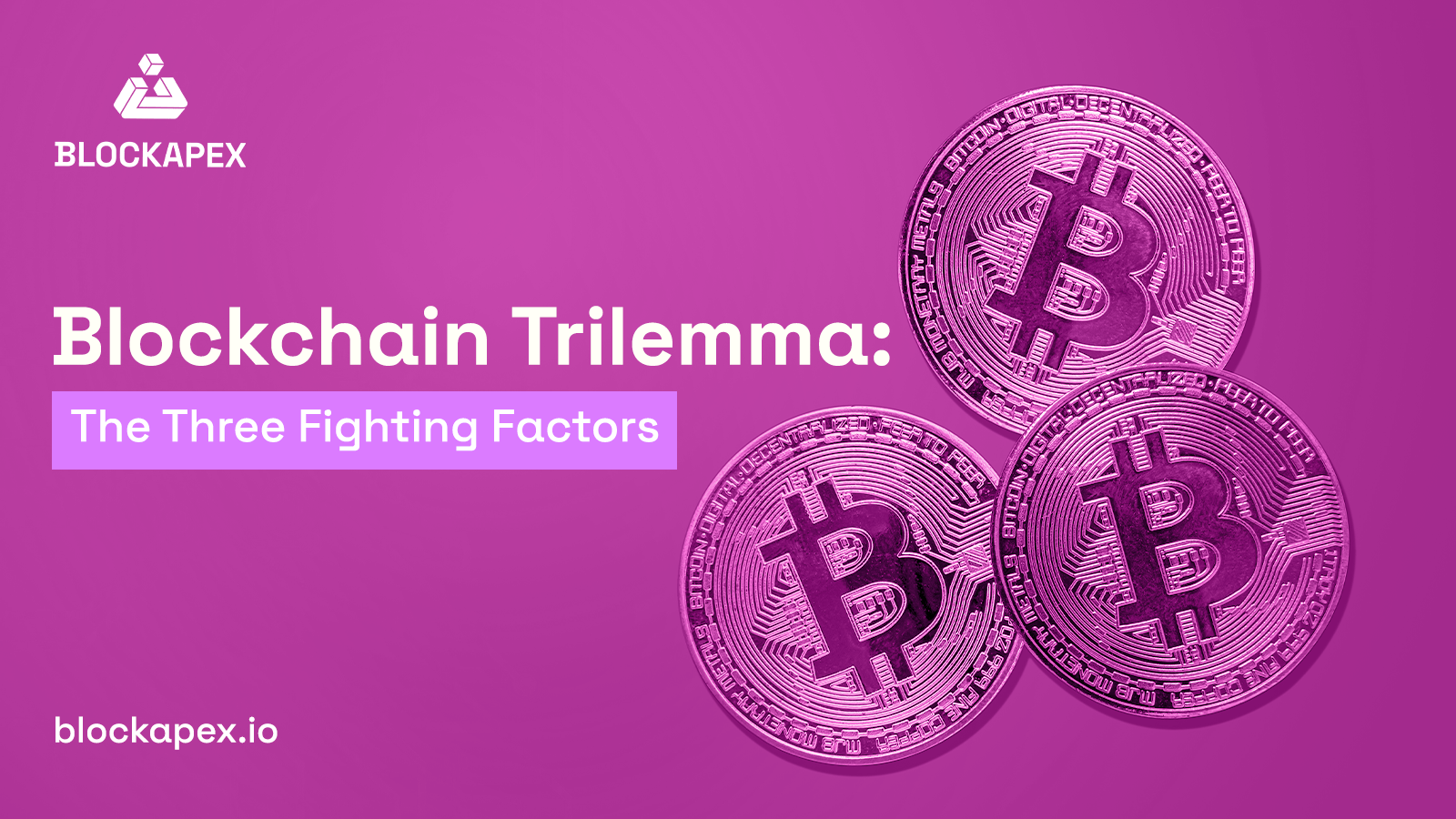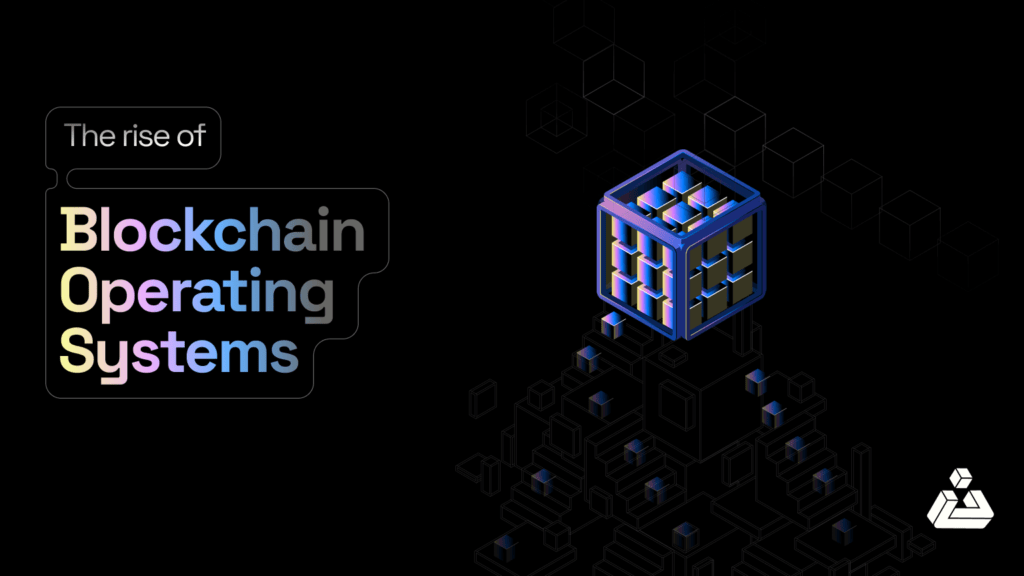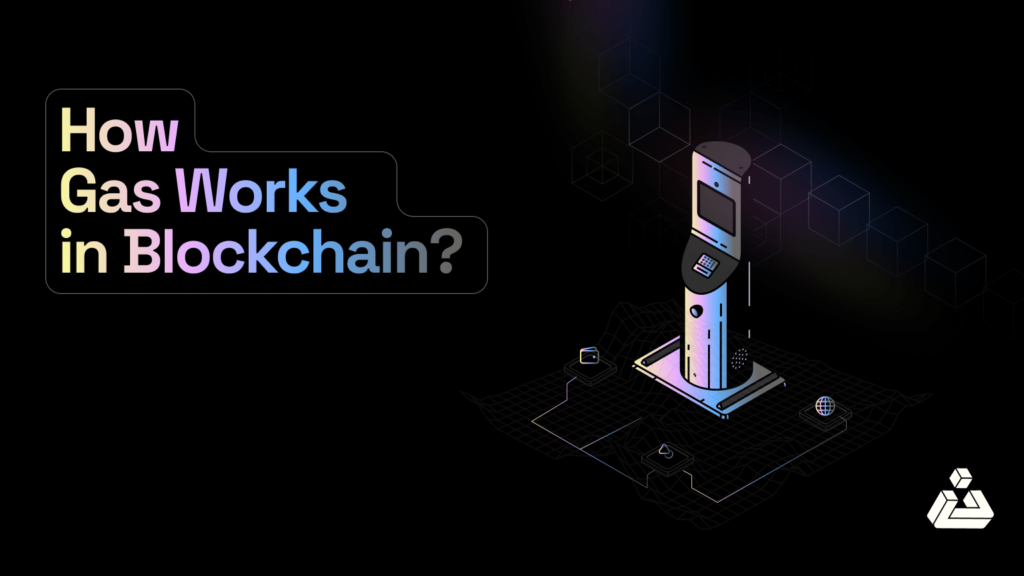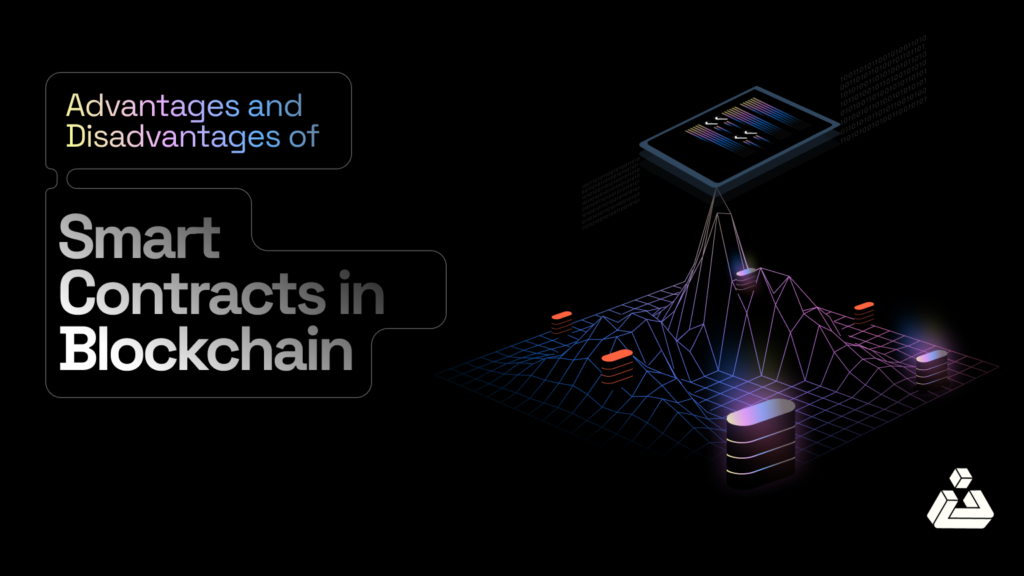Security, decentralization, and scalability – are the three pillars of blockchain that all seem to constantly strive to co-exist but are always struggling to live in harmony.
What is the Blockchain Trilemma?
Blockchain is becoming an apparent pillar of the next-generation technology, but as it is being adopted throughout the world, some underlying concepts are facing an issue known as “Blockchain Trilemma”
Blockchain Trilemma – coined by Vitalik Buterin himself, is a condition in which the blockchain undergoes a compromising stage. It is truly believed that a fully decentralized network can never be scalable and secured at the same time. One of them is compromised and through this, the hackers could find a loophole to enter and exploit the network.
Generally, a client-server relationship is based on a centralized network, whereas blockchain follows the mantra of decentralization. Where public blockchains use consensus mechanisms to achieve data validity over an infrastructure that is resilient to any kind of attack. Maintaining transparency, equitability and open access along with supreme security is a challenge.
For example, a public blockchain like Bitcoin which is decentralized and also secure is only able to process approximately seven transactions per second (TPS). Whereas an enterprise blockchain like Hyperledger’s Fabric is secure and can handle higher transactional throughput but at the cost of being centralized. Hyperledger’s fabric also allows highly low consensus achieving nodes.
Understanding the Blockchain Trilemma and Its Three Pillars
1- Decentralization:
Decentralization talks about the shifting of power from a central entity, company, or government to the community. In a decentralized world, the people have all the authority who joins through an electronic device and becomes a node. However gaining an optimal level of decentralization is still questionable as miners secure a proof of Work (PoW) network through consensus which may affect the speed of the transaction, making it hard for worldwide adoption of blockchain technology.
2- Security:
Blockchain security is basically the road block which is optimized against mal practitioners. Once the blockchain code is pushed to the mainnet it can never be changed, not even the developers have any kind of power to change it. This makes the blockchain secure as it provides complete transparency along with barriers and roadblocks against bad actors to do any kind of financial damage. But if a hacker amasses the required hashing power he can call the 51% attack, manipulating the nodes for financial gains.
For example: In August 2020, Ethereum Classic Blockchain (ETC)- which is a fork of Ethereum (ETH) suffered three 51% attacks. The penetrators manipulated the data and double spent the ETC currency resulting in millions of dollars worth of loss to the network.
3- Scalability:
Scalability in blockchain refers to how much the network will grow in the future while maintaining the speed of transactions and input. This means that when the adoption and acceleration of blockchain technology will increase it will not in any way affect its performance.
The blockchain trilemma suggests that high scalability could be achieved but by compromising decentralization or security or even both. To make the blockchain technology adopted on a global level it has to compete with the legacy of centralized networks whose time settlements and operations are by far on point. Many blockchains in the current era have succeeded to gain decentralization and security but scalability still remains today’s leading challenge.
Why Does Blockchain Need To Scale?
Suppose every bit of information on the blockchain carries a weight and as you proceed with adding the information the weight is accumulated on the blockchain making it slow to function.
Take another example! It feels awful to get stuck in traffic for hours. Traffic on the road clearly gives the idea that the roads were not built with the scalability of cars that would travel every day on it. The same goes for the blockchain. Imagine validating your transaction you need to wait in the traffic and let the miner go through your transaction. As the era would evolve, blockchain technology would be more accessible to the people, and then it would be more strenuous for people to get their transactions validated.
To put it simply, if blockchain technology faces mass adoption, scalability would be critical. In order to be more convenient in terms of security, transaction speed, and throughput than traditional platforms, scalability in the blockchain is highly cardinal.
Solving the Blockchain Trilemma
As the famous saying goes, “Need is the mother of invention.” The issues blockchain is facing are bringing innovative countermeasures to tackle such situations. There are various ideas and inventions depending upon the intensity of the problem such as DApps needing Ethereum.
Such profound remedies are not yet discovered but innovators have already dug into the pits of possibilities to take out some countermeasures for the blockchain trilemma.
Some of them are as follows:
The Lightning Network:
The lighting network is a layer 2 solution for blockchain trilemma. It offers an extra chain that sits on the main chain to perform relevant actions.
Such as Bitcoin, due to a lot of use cases transaction speed on the bitcoin chain is slow along with higher gas fees. Here the lighting network – state channels shine. The lighting network provides a way to transact without interacting with the main chain.
These state channels are actually run by a smart contract. This works by opening a “channel” and people can easily do transactions in that channel without paying higher gas fees and facing slow transaction speed. Once the transactions are completed the channel is closed. Then, only the opening and closing information is done on off-chain and is recorded on the main chain keeping it short and accurate. As it is run by a smart contract it is secure and safe to use.
Sharding:
Sharding is one of the most popular solutions on the Ethereum chain to maintain scalability. Basically, when a transaction is pushed to validate, it breaks into “Shards”, which means it breaks the transaction into small sets of data that validate securely and faster than on the main chain. When all the shards are validated the hash is sent back to the Ethereum main chain. This means more transactions can take place at the same time.
It is also a secure way as different shards interact with each other and send the information to the main beacon chain, having no loop in between.
Roll-Ups:
Roll-ups are also present on the Ethereum chain, where they basically “roll up” multiple transactions into a single off-chain one. The off-chain transaction has the validated proof that is submitted to the main Ethereum chain. Roll-ups are doing a great job as they are efficient in reducing the data needed for transactions and upscaling the transaction speed.
Polkadot Relay Chains & ParaChains:
Polkadot, against blockchain trilemma, created “interoperability”. This basically means that instead of adding extra chains, Polkadot put forward the functionality of blockchain collaborating with other blockchains.
The network is designed with “relay chains” which provide great scalability to the network. It does this by using “parachains” that act as separate blockchains and then connect with the main relay chain.
This structure means the chains operate independently in their governance allowing the network to scale, but overall unite for additional security.
Conclusion
If there is a successful way of achieving decentralization without worrying about its security along with the inconvenience of scalability, a bright future of blockchain technology could be foreseen. Mass adoption could be predicted from every walk of life such as logistics, legalities and even properties as blockchain offers a more fair, more balanced playing field for individuals to thrive rather than rely on a traditional, centralized, and controlled system.












